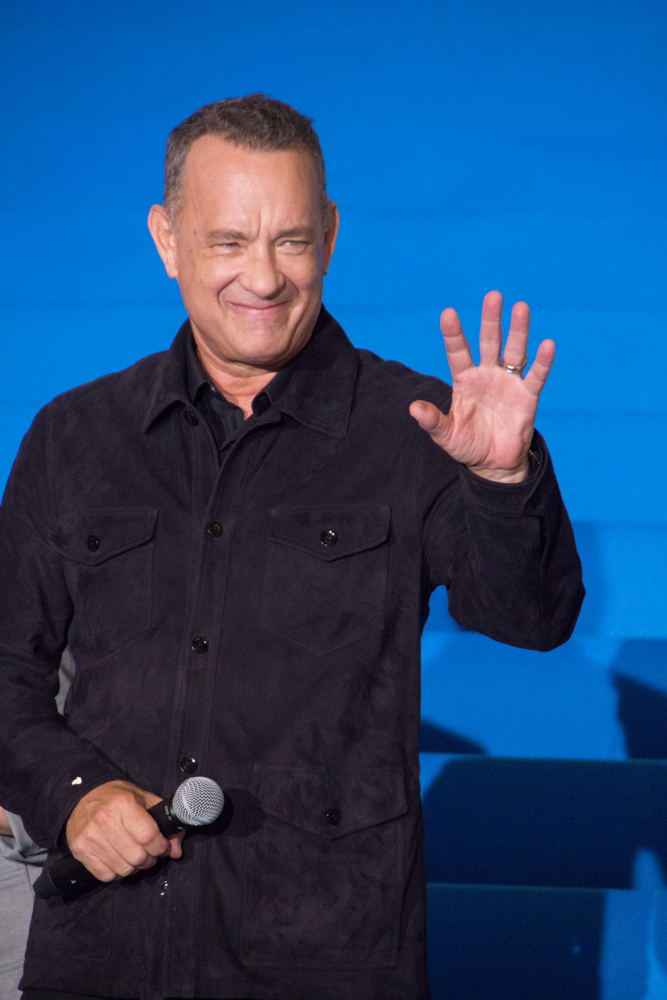For Cynthia-Lou Coleman, the ideal classroom is not confined by four soiled white walls or adorned with a dusty blackboard. Like many college instructors, Coleman prefers stepping outside the traditional classroom setting and into research–specifically research about mass media.
Keeping the media in check
For Cynthia-Lou Coleman, the ideal classroom is not confined by four soiled white walls or adorned with a dusty blackboard. Like many college instructors, Coleman prefers stepping outside the traditional classroom setting and into research–specifically research about mass media.
A former writer, editor and publicist, Coleman, 54, is passionate about studying the implications of mass media. Coleman, chair of the communication department at Portland State, recently collaborated with PSU sociology professor Heather Hartley to examine the news media’s coverage of direct-to-consumer pharmaceutical advertising.
Their research culminated in a 21-page article, which will be in the January 2008 edition of the journal Health, a publication devoted to the social study of health, illness and medicine.
“Direct-to-consumer advertising consists of advertisements that try to get consumers to buy a drug,” Coleman said.
This form of advertising began in print mediums, but is now most prevalent in television and is becoming more common on the Internet, Coleman said.
According to the study, corporate salesmen from the pharmaceutical industry are consulted for news stories more often than are providers, consumers, corporate purchasers and opponents of direct-to-consumer advertising. Coleman said this imbalance of prominence allows the pharmaceutical companies to consistently give their perspectives on stories.
For the past five years, the two faculty members have worked on the study, which also focuses on how advertisements for prescription drugs affect patient-physician interaction.
“We found that this kind of advertising changes the power dynamic between a physician and patient,” Coleman said. “About 80 percent of the patients that ask for these drugs get them. In some cases, the physician doesn’t want to lose a patient.”
Coleman said that the physicians interpret a patient’s inquiries about a product as pressure to provide the drug, although there is little evidence to prove that patients are demanding the drugs.
“I was impressed with her commitment to integrating students into the study,” Hartley said of Coleman. “She hosted a content analysis class for students, which was extra work for her and above and beyond.”
Throughout Coleman’s seven-year career at Portland State, she has been known for involving students in her research. She is currently working with a graduate student to examine how competing media outlets make a community rich and unique. Working with another student in 2005, Coleman researched how science is perceived by the media.
“It’s been wonderful to collaborate with students,” Coleman said.
Coleman obtained her doctorate in journalism and mass communication from University of Wisconsin and was named the editor of the Journal of Northwest Communication Association in the spring of 2006.
Her two daughters, Megan and Rachel, both graduates of colleges in California, now live together in Portland.
Coleman spent most of her teenage years living in Iran, England and the Netherlands. She has also participated in faculty exchanges to Jordan and Israel, and said she is not afraid to travel anywhere on her own.



